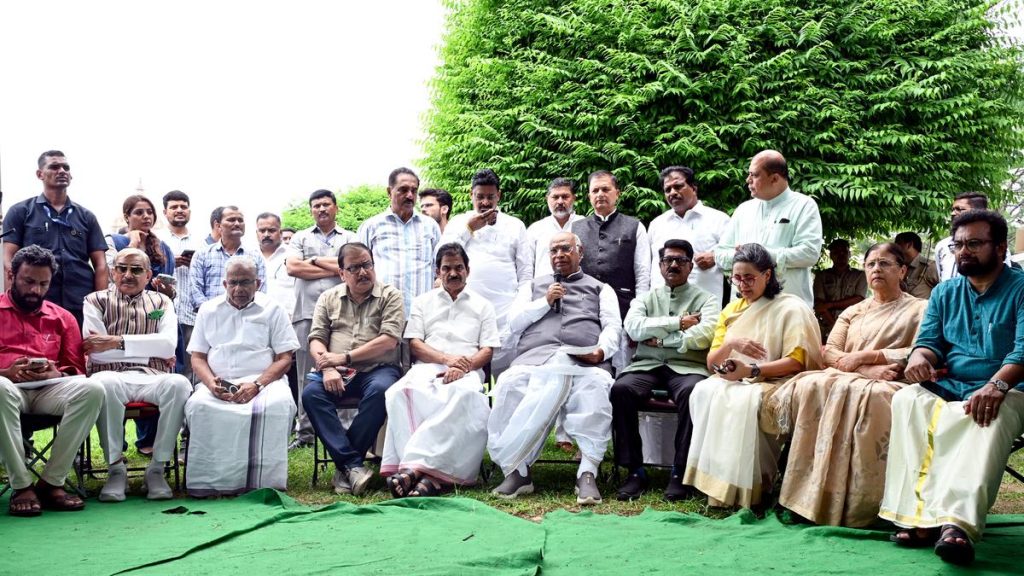Now Reading: HMWS&SB Launches Special Drive to Boost Rainwater Harvesting in City
-
01
HMWS&SB Launches Special Drive to Boost Rainwater Harvesting in City
HMWS&SB Launches Special Drive to Boost Rainwater Harvesting in City

Swift Summary
- The Hyderabad Metropolitan Water supply & Sewerage Board (HMWS&SB) is implementing measures to increase groundwater resources and reduce dependency on water tankers.
- Starting next week, an effective groundwater recharge plan will be rolled out.
- Key initiatives include:
– Mandatory rainwater harvesting pits for houses larger than 300 sq.metres, with notices served to 16,196 households that failed compliance.
– A target of constructing 16,000 rainwater harvesting pits in public spaces as part of the August-September campaign.- Conversion of unused borewells into injection borewells and community-level rainwater harvesting pits.
– Survey identified over 3,222 existing borewells for this purpose (1,665 in core areas and 1,557 in suburbs).
- The project involves a GIS-based dashboard with geo-tagged pit locations for monitoring progress via photos and specific applications under advancement.
- Awareness campaigns will engage gated communities and multi-storeyed complexes to encourage the construction of water conservation setups at required scales.
Indian Opinion Analysis
The HMWS&SB’s mission signals a proactive approach toward sustainable water management amid growing urban pressures. By focusing on groundwater recharge and reducing reliance on water tankers, the initiative aims to address environmental challenges while ensuring long-term resource security.However, successful implementation will hinge on household compliance with mandates like compulsory rainwater harvesting pits-an area that appears to have seen mixed adherence so far from initial survey data.
The integration of technology such as GIS dashboards adds accountability and real-time progress tracking but also imposes challenges like ensuring data accuracy and user familiarity within agencies.If executed effectively alongside community awareness programs targeting multi-storeyed buildings or public institutions, this could serve as a model framework for urban water conservation efforts across India.
Read more: [Original article link unavailable]

























